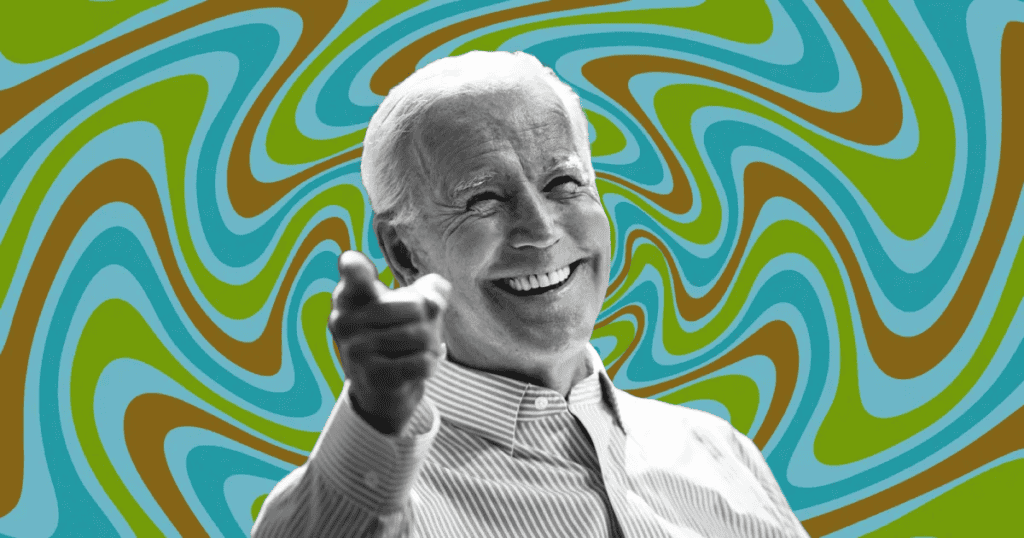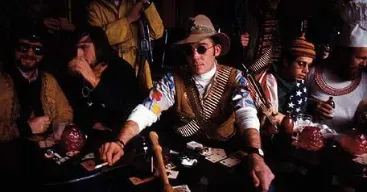The Death of Friendship and the Demise of American Pie-Style Movies: Thank You, Digital Age!
Oh, how times have changed! In the era of Instagram, TikTok, and the relentless pursuit of “likes,” we’ve witnessed the slow and painful death of the American Pie-style movies and, perhaps more importantly, the art of friendship itself. What used to be a time-honored tradition of gathering friends and having epic adventures now seems as outdated as the VHS tape. But fear not, dear readers, for we shall delve into the digital age’s role in this tragedy and how it’s making sure we never have movies like “American Pie,” “Road Trip,” or “Dazed and Confused” ever again. The Lost Art of Gathering Remember the good old days when the most challenging task was getting everyone together for a night of debauchery, high jinks, and character-building escapades? Those were the times when “American Pie,” with its raunchy humor and memorable characters, could resonate with audiences because, believe it or not, people used to actually hang out! Now, we’re more likely to see people virtually hanging out in cyberspace, and it’s all thanks to the digital age. Why have genuine human interactions when you can have a digital double tapping hearts on your Instagram posts? Social Media: A New Kind of Loneliness The digital age has given us something truly special: the ability to be alone together. Instead of physically enjoying one another’s company, we’ve traded it for the alluring glow of our screens, silently swiping, liking, and hashtagging our way into oblivion. Who has time for wild, unscripted road trips or unforgettable summer nights when you can curate your life through the art of the perfectly filtered selfie? It’s almost as if we’re terrified of having real conversations and genuine connections. The Death of Nostalgia “Road Trip” and “Dazed and Confused” offered us a glimpse into the rebellious spirit of youth, the heady mix of uncertainty and camaraderie that accompanies those formative years. But why should we want such movies when we can just scroll through curated memories on social media platforms, showcasing our enviable lives? Why go on a road trip when you can have a virtual journey with your favorite influencer? Who needs the charm of nostalgia when we can document our entire lives in real time? Disconnected by Design Yes, the digital age has successfully managed to keep us all disconnected, fostering an environment where gathering in person seems like a distant memory. The smartphone in your hand is like a portable portal to an alternate reality where real-life friendships are outdated and movies that celebrate them are mere relics. It’s a brave new world where our relationships exist in the cloud, and the days of American Pie-style adventures are buried beneath an avalanche of Instagram stories and TikTok trends. The digital age’s quest for disconnection has certainly reshaped the way we interact and how we consume entertainment. While movies like “American Pie,” “Road Trip,” and “Dazed and Confused” thrived on the idea of friends coming together and embarking on unforgettable journeys, the digital era has effectively cast that notion into obscurity. The witty and sarcastic tone of this article serves to highlight the irony that as we become more “connected” through social media, we seem to have lost touch with the genuine human interactions and the adventures that once defined our youth. So, thank you, digital age, for ensuring that we no longer need movies that celebrate friendship, camaraderie, and the simple pleasure of being together. Who needs ’em when we have our screens? 02 November 2023 The Death of Friendship and the Demise of American Pie-Style Movies: Thank You, Digital Age! 02 November 2023 Unearthing the Philosophical Treasures of Dune: Why Young Men Should Read Herbert’s Epic 02 November 2023 The Everlasting Influence of Akira: Shaping Anime Today 02 November 2023 A Majestic Fusion: Studio Ghibli Meets The Legend of Zelda: Ocarina of Time in Unreal Engine 5, Crafted by RwanLink 25 October 2023 Disney’s Deal with the Devil: “Pauline” Series Stokes Controversy 25 October 2023 George R.R. Martin’s Ultimate Literary Joke: The Unfinished Symphony of Ice and Fire 25 October 2023 Fear and Loathing in the Oval Office: Joe Biden’s Ibogaine Odyssey 24 October 2023 Hunter S. Thompson’s America: It’s Still Freaks vs. Fear 24 October 2023 How “The Day of the Wolves” Inspired Quentin Tarantino’s “Reservoir Dogs” 18 October 2023 The Enigma of the Stanley R. Mickelsen Safeguard Complex: A Single Day, Six Billion Dollars, and the Illuminati Conspiracy











